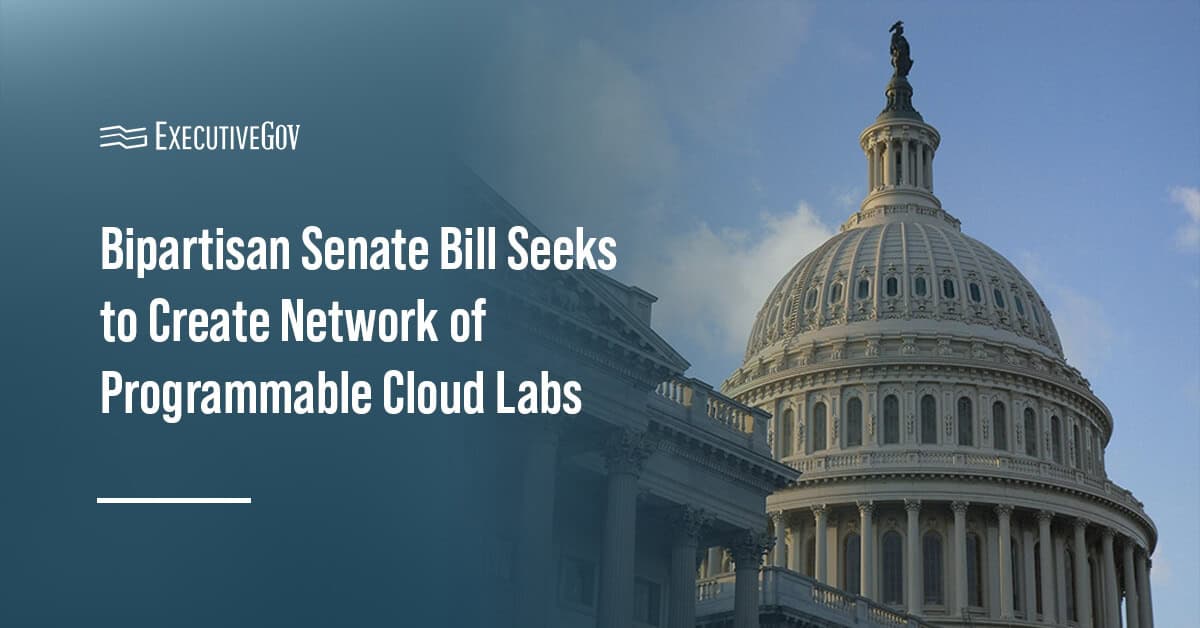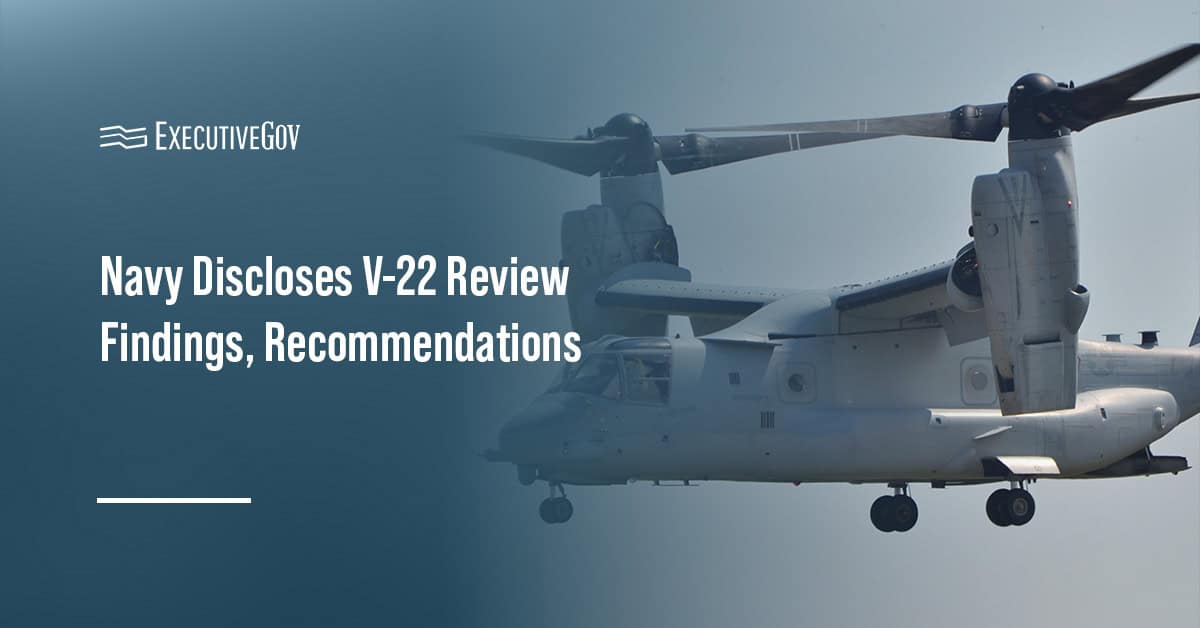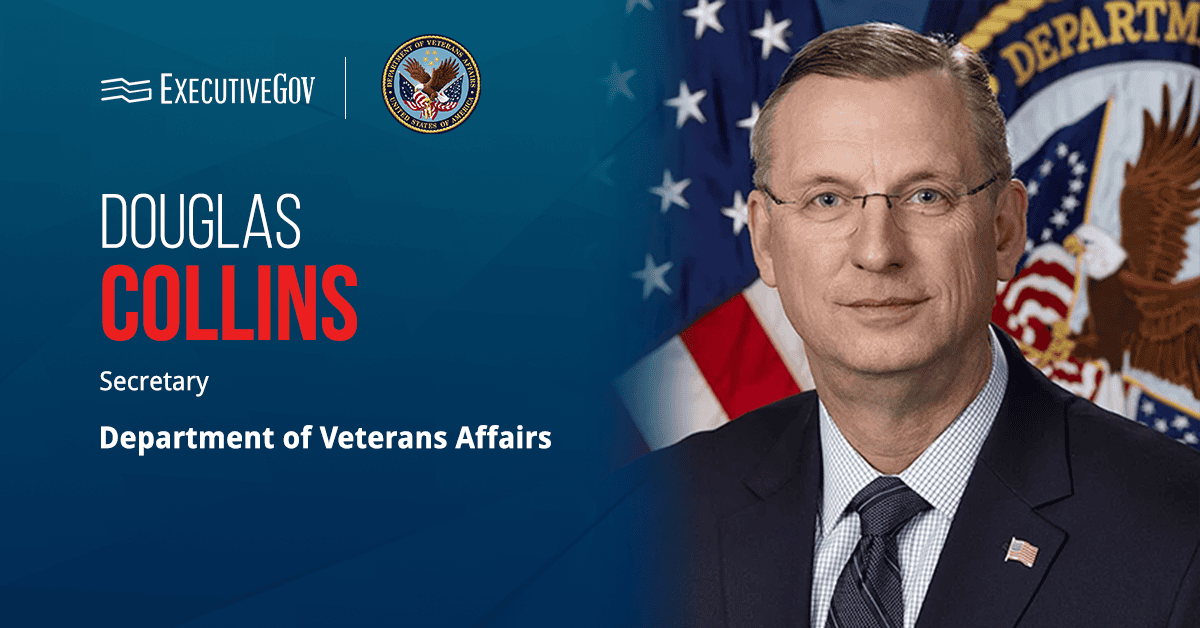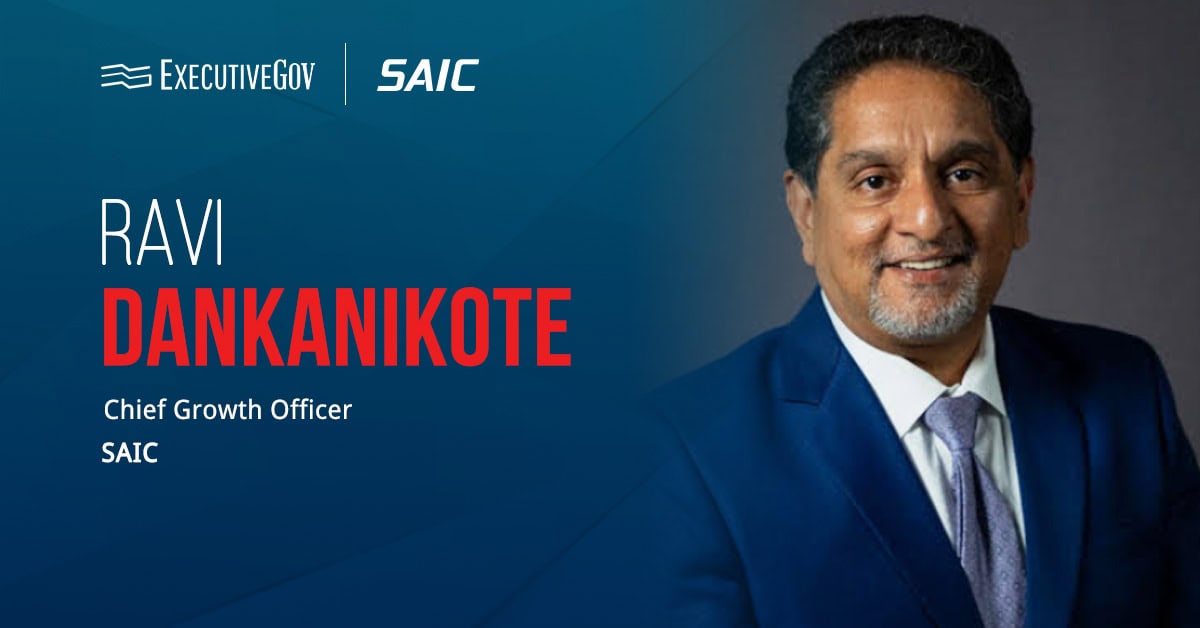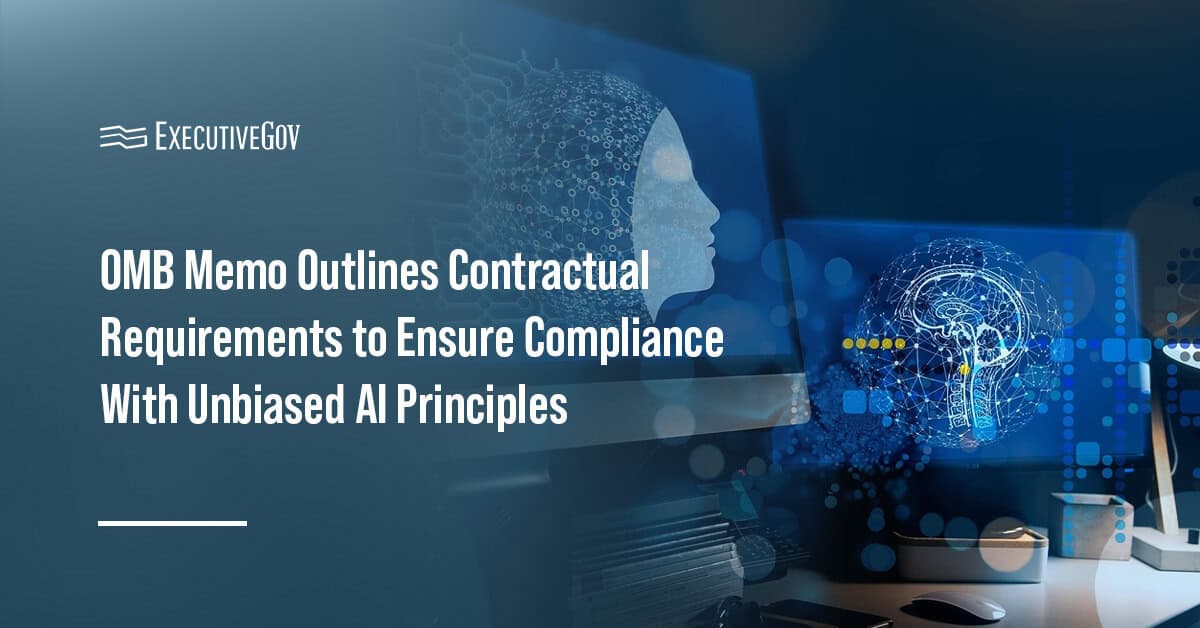Sens. John Fetterman, D-Pa., and Ted Budd, R-N.C., have introduced a bill to establish a National Science Foundation-led network of six remotely accessible programmable cloud laboratories, or PCLs, for academic research.
The proposed National Programmable Cloud Laboratories Network Act aims to help researchers save time and money by connecting existing lab data processing power and using automation to combine large data sets, Fetterman’s office said Monday.
“We can help cut barriers researchers face and supercharge America’s innovation engine with a national network of PCLs. This has never been built before, and I’m proud to partner with Senator Budd to make this a reality,” Fetterman said.
“Integrating our nation’s world class laboratories will increase the rate of breakthroughs, streamline and better automate the research process, and reduce the barriers and costs that throttle experimentation. North Carolina is at the cutting edge of innovation, and I am glad to work with Senator Fetterman to help our great institutions push the boundaries of discovery even further,” said Budd.
Table of Contents
What Are the National Programmable Cloud Laboratories Network Act’s Provisions?
The bipartisan legislation would establish a network of up to six PCL nodes through a competitive process open to private sector, academic, nonprofit research institutions or partnerships.
Applicants would be assessed on existing lab infrastructure; capacity to support cloud-enabled workflows for multiple users; ability to sustain long-term operations without continuous federal funding; capacity to work wth industry, academic partners and federal research entities; demonstration of user interest and research needs and protocols for cybersecurity, research security and responsible access.
After designation, NSF, the National Institute of Standards and Technology and selected PCL node participants would develop standards for data sharing, interoperability, cybersecurity and technical requirements.
Under the measure, Congress would receive reports on non-designated labs to assess capabilities and collaboration opportunities.
How Does the Proposed Senate Bill on PCLs Deliver on the AI Action Plan?
According to the bill’s summary, the proposed legislation supports the AI Action Plan that the White House released in July.
One of the recommended policy actions in the plan calls for federal partners’ investments in automated cloud-enabled labs for engineering, chemistry, materials science, biology and neuroscience, among other scientific fields.


